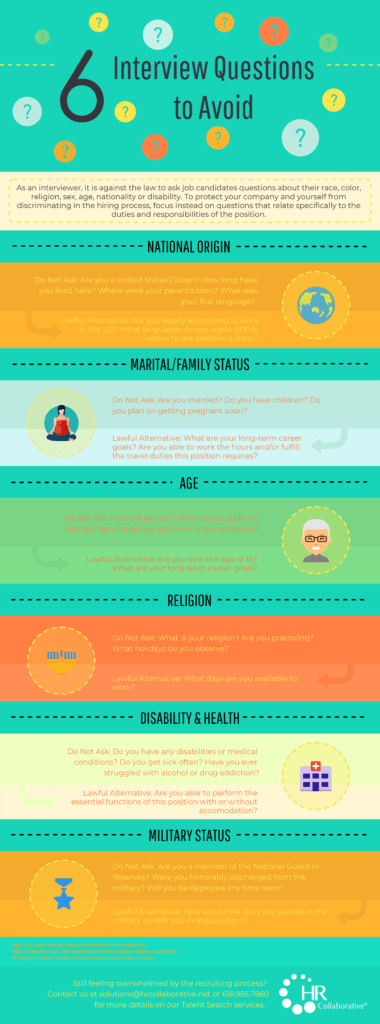The Right Leader for Non-profits
Written by: HR Collaborative

Managing the Leader’s Transition
Picture this. You’ve just been appointed the Board Chair for a respected and beloved non-profit organization in your community. You’ve envisioned a year worth of comfortable meetings to discuss how to improve and grow your great services. And then, one day you receive a call from the organization’s Executive Director – his wife has accepted another position in South Dakota, and he’ll be leaving to join her in three weeks.
Suddenly, you’re tasked with the full-time job of selecting, hiring, and onboarding the next leader of this important non-profit. The community is watching closely to make sure you don’t screw up. This is not what you signed up for.
Selecting the right leader is perhaps the most important job of good governance. Ensuring that the leader has the right temperament, talents, and vision to lead the organization into the future requires careful planning and attention. Where do you start?
We advocate to begin with the end in mind. Think about where you want the organization to be in 10 years. What are the external forces that will influence direction? What talent and leadership gaps need to be filled? When you represent a community organization, it’s tough to answer these questions in a vacuum. Input from key community stakeholders helps to shape a well-rounded answer that can better serve the needs of the organization. Most non-profits put together a search committee for these kinds of positions. Make sure this committee is aligned to what your organization will be working on in the future.
This information can help you draft a Position Profile. An effective profile is more than just a job description – it becomes a snapshot of the organization’s mission and future state, designed to entice the right candidate to throw his or her hat in the ring for the position. Distribute this document widely. Reach beyond the traditional job posting sites to network with partners, competitors, donors, board members, and even clients of the organization. This network knows your organization better than anyone else and are also your biggest advocates. Take advantage of their referral power.
The Position Profile is also an important resource for you as you determine the key skills and behaviors needed to fill this position. What’s it going to take to help you accomplish your vision? What types of attributes will you be looking for in a candidate, and how are you going to assess them during the job interview. Most search committees prepare a list of interview questions that drill down on the skills and experiences of each candidate. This little bit of preparation ensures that your choice for the position will be a good one.
Remember that while you’re interviewing the candidate, the candidate is also interviewing you. Put your best foot forward, and welcome the candidate as you would a prospective donor. In some regards, your new Executive Director will be giving her talents and time to advance the organization’s mission.
After you’ve invested the time and energy to hire the right person (most searches take between 3-6 months), it’s time to make sure that your new Director gets off to a good start. Set expectations early in her tenure (within the first month). Assign a board member to partner with the executive to serve as a sounding board and advisor on all the nuances of the organization. Meet frequently to talk about expectations, clarify questions, and develop plans. Investing in your new executive greatly reduces the chance that she will leave the organization after a year or two.
Congratulations. You’ve hired another great leader for this beloved non-profit, leaving it in very good hands. You realized that hiring the right person to lead the organization is the most important thing you can do. As a result, you’ve created a legacy that will sustain itself long after your board term is complete, and preserved the services of this important community resource.
Our Most Recent Articles

Employers to Benefit from New Kinexus Group Acquisition of HR Collaborative
The team at Kinexus Group announced today that they have officially acquired HR Collaborative, a west Michigan-based, women-led community of fractional HR professionals, to meet unmet demand and to serve more employers than ever before.
































































































